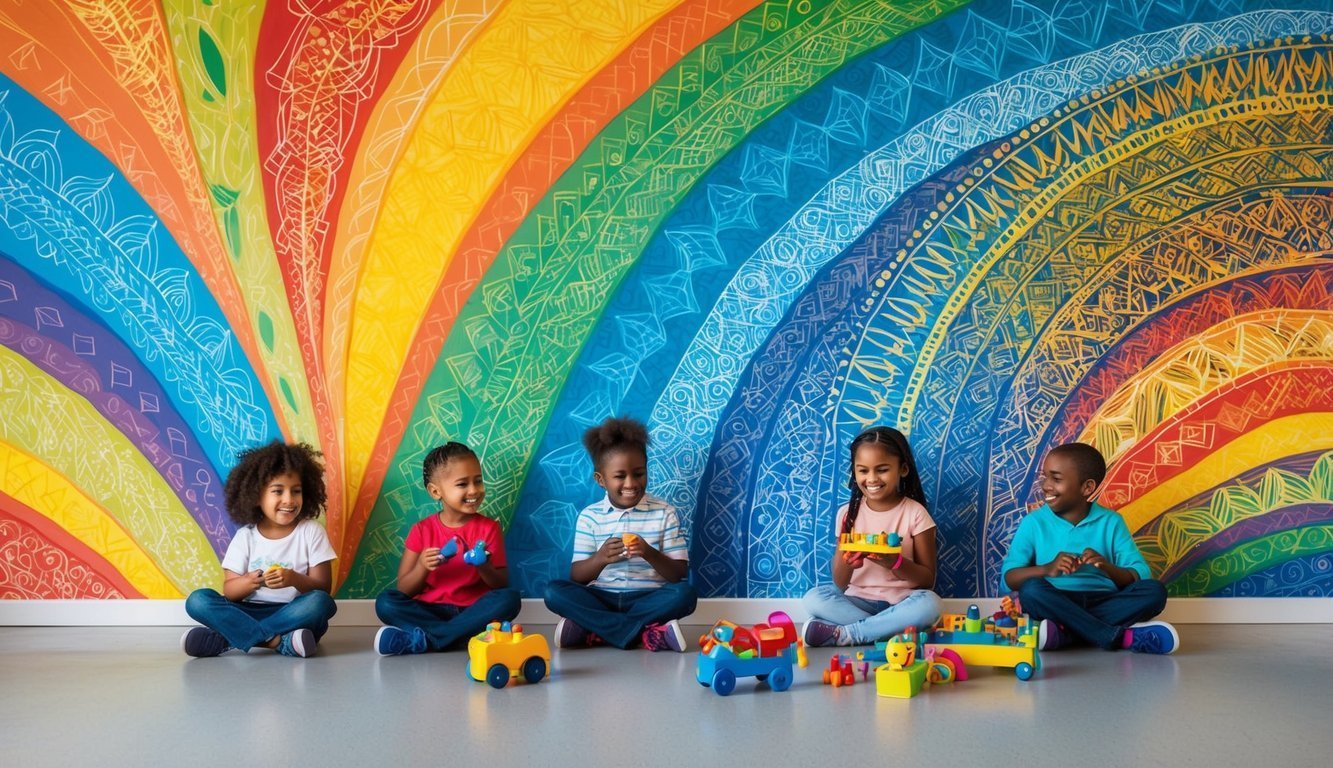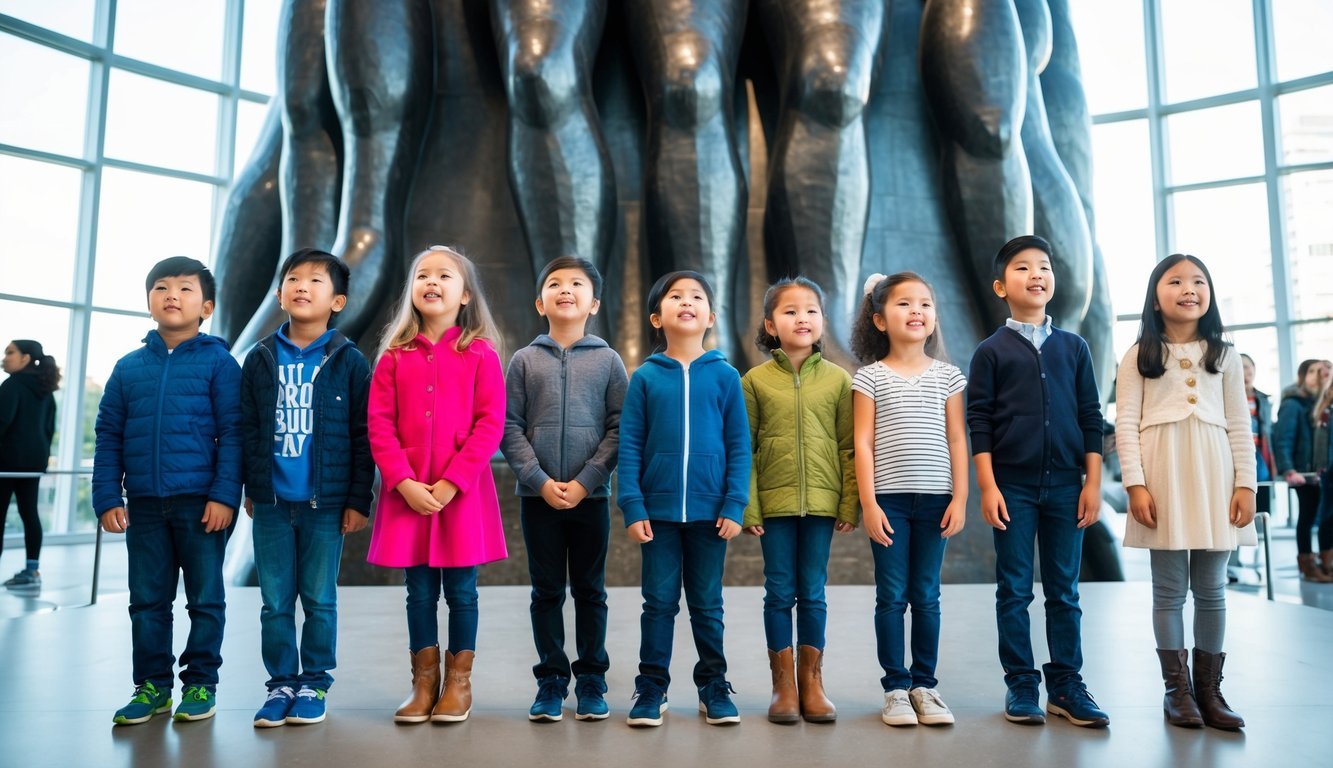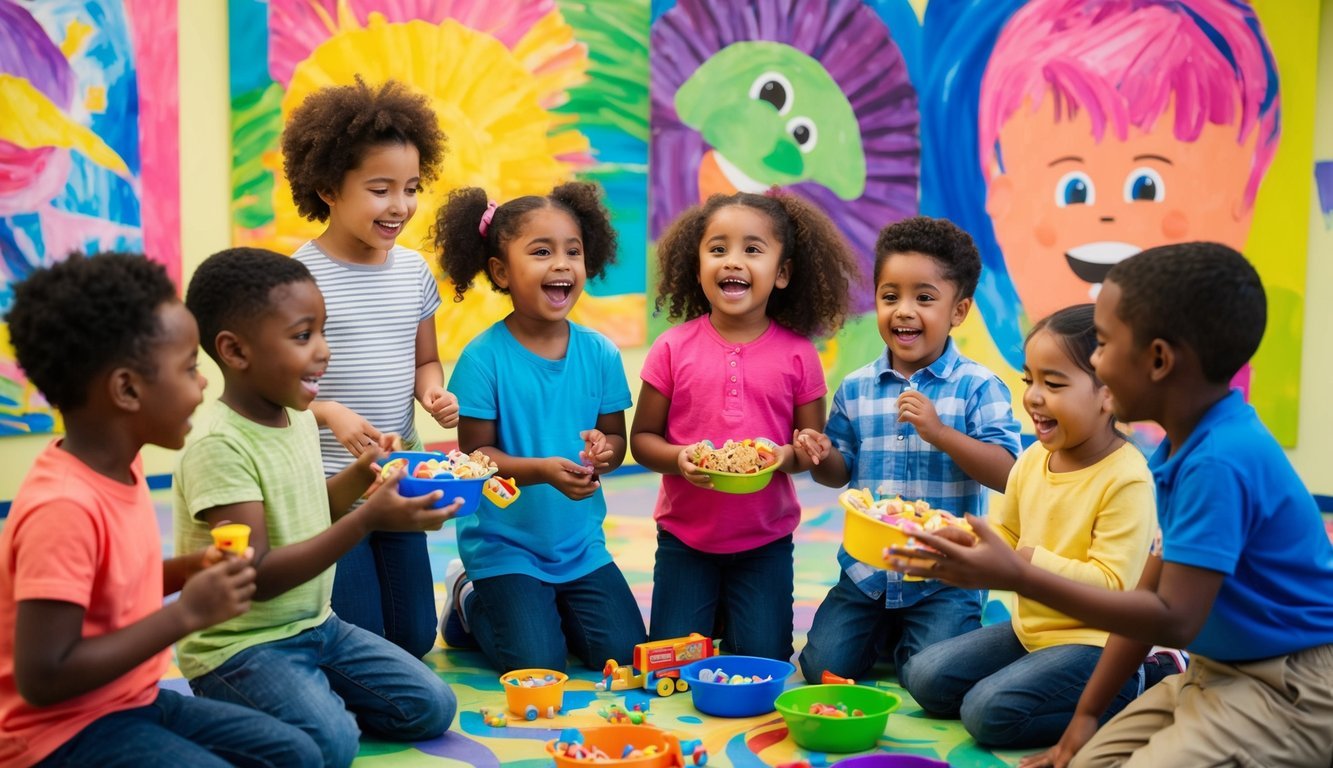PsychNewsDaily Publishers
100 Summit Drive
Burlington, MA, 01803
Telephone: (320) 349-2484
PsychNewsDaily Publishers
100 Summit Drive
Burlington, MA, 01803
Telephone: (320) 349-2484
Art significantly influences children's behavior, promoting generosity and kindness by fostering empathy and connection through awe-inspiring experiences in museums, nature, and everyday life.

Art has a unique ability to inspire deep feelings and thoughts. Recent studies show that experiencing awe-inspiring art can significantly influence children’s behavior, making them more generous and kind. Children who engage with breathtaking art are likelier to show compassion and support for others.
When kids are exposed to powerful art, they often feel small in the grand scheme of things. This humbling experience can lead to a greater sense of empathy, encouraging them to think of those in need.
Even simple acts, like donating to a cause, can be influenced by the emotions stirred up by great works of art.
Visiting an art museum or exploring stunning pieces can provide children with an opportunity to connect with different stories and perspectives. Such experiences have been shown to spark generosity, helping kids develop a caring attitude towards others and foster a spirit of giving.

Awe is a powerful emotion that can shape how children interact with the world. It can lead them to become more generous and prosocial. Understanding awe helps explain why certain experiences can inspire giving and kindness.
Awe is defined as a complex emotion that combines feelings of wonder, admiration, and fear in response to something vast or grand. Psychological science shows that awe can change how people think and act.
For children, experiencing awe can boost their sense of connection to others. Researchers find that awe can help them see beyond themselves. This shift in perspective encourages prosocial behavior, which involves actions intended to benefit others.
When children encounter awe-inspiring art, they can experience heightened feelings of generosity. Studies reveal that awe can spark feelings of compassion and empathy, motivating children to act kindly.
For example, children who feel awe may be more willing to share or help others. They might donate supplies for a food drive or assist classmates with tasks.
Experiencing awe increases their understanding of community and connection, making them more generous overall.

Art plays a significant role in shaping children’s values and behaviors. Awe-inspiring art in museums can inspire a sense of generosity and compassion. This section explores how engaging with art can lead to more generous attitudes in children.
Visiting art museums offers children unique experiences with awe-eliciting art. When children see impressive and beautiful works, they often feel wonder and inspiration. This emotional response can create a desire to connect with others through kindness.
Research shows that children who engage with such art are more likely to display generous behaviors. They become more compassionate toward others, including those in need. Museums that showcase awe-inspiring art serve as important spaces for this emotional growth.
Art not only fosters creative expression but also encourages prosocial behavior. Awe-inspiring art has been linked to increased empathy in children. This means that after experiencing art, they might be more willing to help others.
Studies indicate that children exposed to powerful art are likelier to share or help those less fortunate. This connection highlights the importance of art in child development. Art encourages thoughtful decision-making and kindness, making it a vital part of raising generous children.

Experiences of awe can come from many places beyond traditional museums. Nature and technology both offer unique opportunities to inspire children. By exploring these avenues, kids can develop a sense of generosity and kindness.
Nature is a powerful source of awe. The grandeur of mountains or the beauty of a sunset can leave children feeling inspired. Visiting national parks or natural monuments gives kids a chance to connect with the world around them. They can experience the vastness of nature, fostering humility and compassion.
Nature Documentaries: Watching documentaries about wildlife can also evoke awe. Stunning visuals of animals in their natural habitat make viewers appreciate the complexity of life. This sense of wonder often encourages a desire to help those in need.
Technology can amplify these experiences. Virtual reality (VR) offers opportunities to explore amazing places without leaving home. Kids can “visit” famous art installations or natural wonders, feeling that sense of awe. Engaging with these technologies can spark discussions about generosity and compassion.
Awe can emerge in everyday experiences, not just impressive venues. Simple moments, like seeing a starry sky or a beautiful piece of art in a school, can inspire wonder.
Art in the Community: Public art installations and murals can serve as instant sources of awe. Children walking past a vibrant mural may stop and feel inspired. These moments open their hearts, encouraging consideration for those who may be struggling.
Mindful Moments: Practicing mindfulness can also create awe-inspiring experiences. Taking time to reflect on a breathtaking view or a beautiful piece of art allows children to appreciate beauty in all forms. These reflections lead to more compassionate and generous actions.

Art can be a powerful tool in shaping how children view the world. It can also encourage kindness and generosity. Here are some common questions about how awe-inspiring art affects children.
To foster wonder, children can engage in activities like visiting art museums or participating in hands-on art projects. They can also create their own art inspired by famous pieces. Storytelling around art can add depth and spark curiosity.
Experiencing great art helps children explore their feelings. It can inspire awe, making them more aware of their emotions. This awareness can lead to greater empathy for others, positively impacting their social skills.
Yes, exposure to great art can encourage better behavior. When children feel awe, they may become more generous and willing to help others. This emotional uplift can lead to actions that show kindness and compassion.
Some examples include the vibrant murals of Diego Rivera and the dramatic skies in Van Gogh’s “Starry Night.” Works by artists like Claude Monet can also captivate with their colors and scenes from nature.
Art can depict various emotions and situations, helping children relate to others’ experiences. When children see acts of kindness represented in art, it can inspire them to act similarly in real life.
Artists like Marc Chagall and Georgia O’Keeffe create captivating works that can inspire awe in children. Their use of color and imaginative themes encourages kids to think big and feel for others.